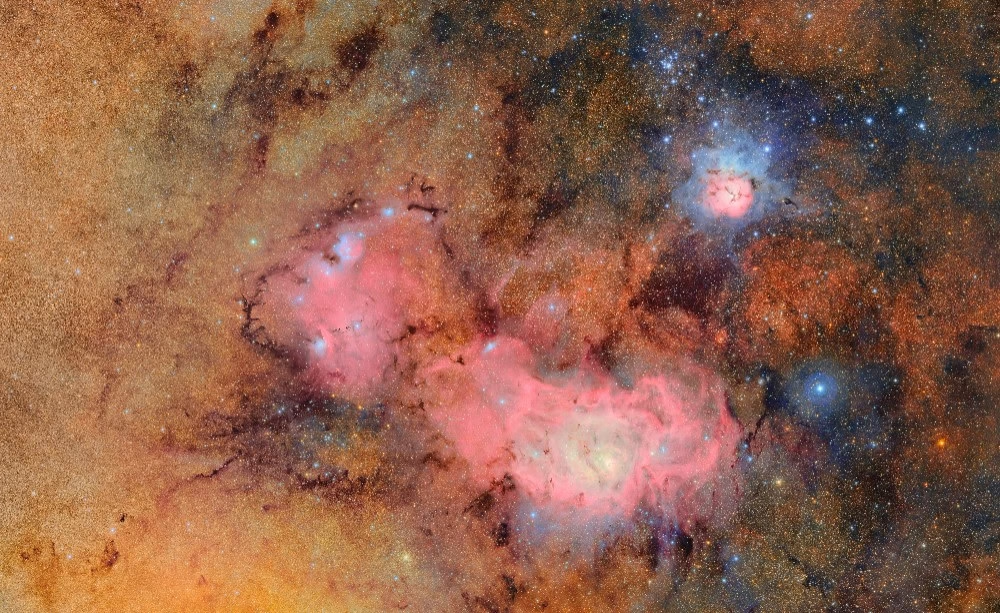Tuesday Telescope: Meet the New Champion in the Ring

▼ Summary
– The Vera C. Rubin Observatory released its first images, showcasing its capabilities as one of the world’s largest optical telescopes.
– Its 8.4-meter mirror and 3,200-megapixel camera enable high-resolution imaging of the Southern Hemisphere sky.
– Located in northern Chile, the observatory benefits from excellent atmospheric conditions for astronomical observations.
– The telescope will scan the sky for 10 years, creating a time-lapse film of the universe to study objects from asteroids to supernovae.
– Named after astronomer Vera Rubin, the project faces funding uncertainty due to proposed budget cuts by the Trump administration.
The universe just gained a powerful new eye in the sky, and its first glimpses of the cosmos are breathtaking. This week marks a milestone for astronomy as the Vera C. Rubin Observatory unveils its inaugural images, showcasing capabilities that will redefine our understanding of space.
Perched high in Chile’s Atacama Desert at an elevation of 2,682 meters, the observatory boasts an 8.4-meter primary mirror, making it one of the largest optical telescopes ever built. But what truly sets it apart is its revolutionary 3,200-megapixel camera, roughly the size of a small car, designed to capture unprecedented detail across the southern skies.
Over the next decade, this cutting-edge facility will conduct an ambitious survey, snapping 1,000 high-definition images every three nights. The result? A dynamic, decade-long “movie” of the universe, tracking everything from nearby asteroids to exploding stars in distant galaxies. Scientists hope this treasure trove of data will unlock mysteries like dark matter, a field pioneered by the observatory’s namesake, Vera Rubin, whose work first confirmed its existence.
Funded by the U.S. Department of Energy and National Science Foundation, with support from international partners like France’s CNRS, the project will generate a staggering 20 terabytes of data nightly. Yet this triumph comes with a sobering reality: proposed budget cuts threaten the very agencies that made it possible. As the Rubin Observatory begins its mission, its success underscores the importance of sustained investment in fundamental science, before the lights go out on future discoveries.
For those inspired by the cosmos, this is just the beginning. The telescope’s lens is now open, and the universe has never looked sharper.
(Source: Ars Technica)
